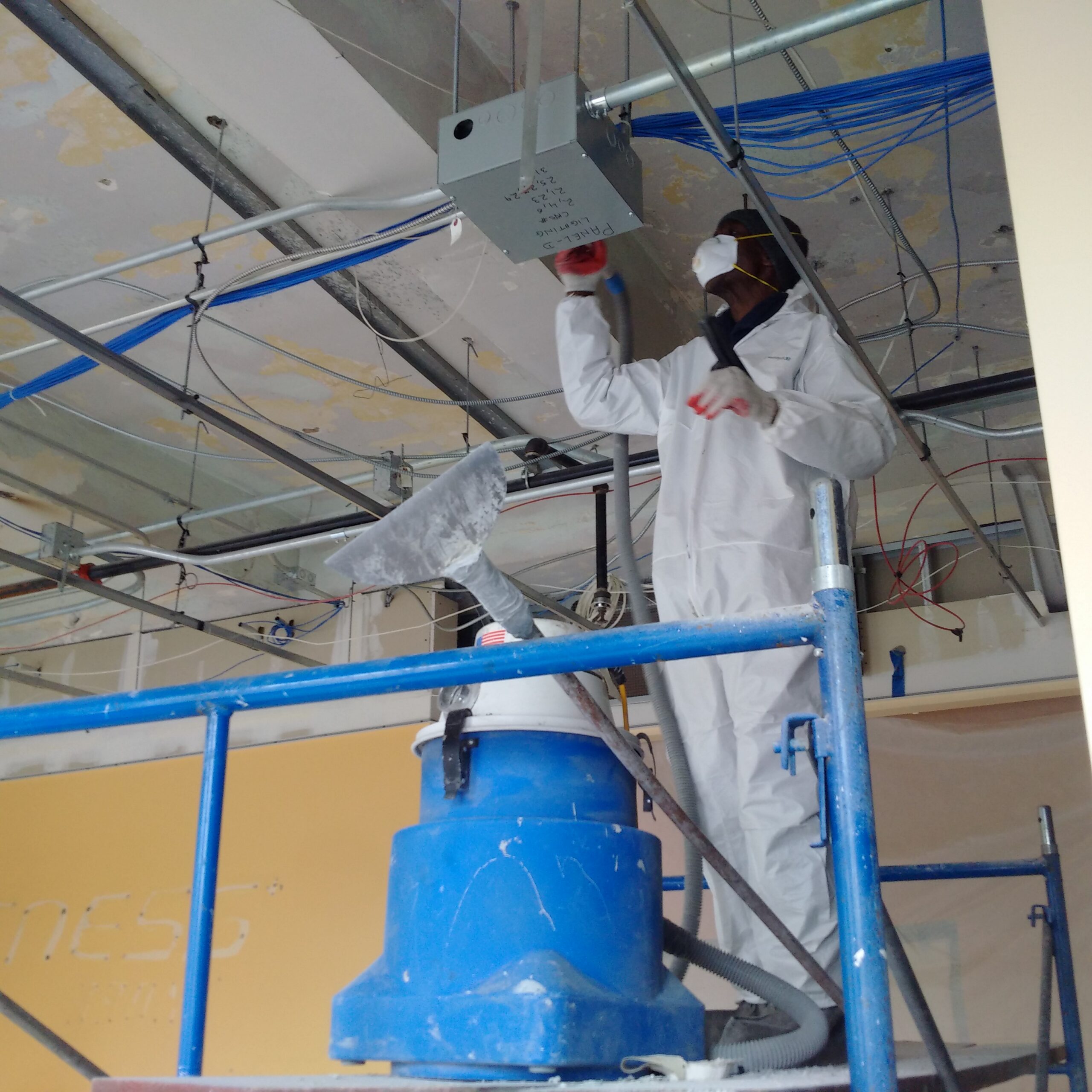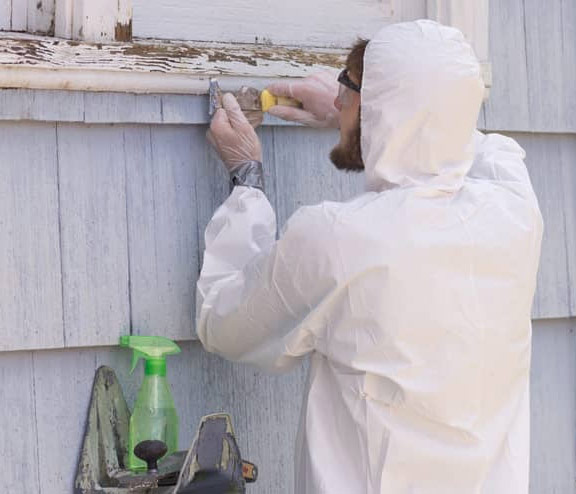Lead Removal Contractors-- Skilled Specialists for Lead Abatement
Wiki Article
Important Devices and Methods for Efficient Lead Violation Clean-up
Resolving lead offenses successfully demands a comprehensive technique that blends the right devices with strategic methodologies. Concurrently, the use of specialized cleanup devices, such as HEPA vacuums and lead-specific cleansing agents, is crucial for thorough contaminant elimination. Efficient control techniques, consisting of plastic sheeting and negative air pressure systems, are important to prevent the spread of unsafe materials.Personal Protective Tools
Personal safety tools (PPE) is a crucial part in the efficient administration of lead contamination clean-up. PPE acts as a vital obstacle, protecting employees from the harmful effects of lead direct exposure, which can cause severe health repercussions. The essential PPE for lead cleaning includes respirators, safety apparel, gloves, and eye security. Each sort of tools is specifically made to minimize various threats related to lead particles and dirt.Respirators, particularly those furnished with HEPA filters, are vital for filtering air-borne lead bits, protecting against breathing. Safety clothing, consisting of coveralls and non reusable suits, protects against lead dirt from adhering to workers' garments, reducing the danger of secondary contamination.
Additionally, extensive training on the proper usage and upkeep of PPE is vital. Employees must be educated on wearing and doffing procedures to avoid contamination. Routine examinations and substitutes of PPE parts are essential to preserve their safety abilities, guaranteeing a safe and compliant cleaning procedure.
Specialized Cleaning Devices

An additional vital device is the wet/dry vacuum, which can effectively cleanse up both dust and liquid contaminants. These vacuums typically feature HEPA filters to give an added layer of security. Wet cleans or tack fabrics are additionally crucial for surface area cleansing; they are specifically made to record and hold lead bits, reducing the threat of spreading out contamination.
For more persistent down payments, specialized lead-removal cleaning agents are required. These representatives are developed to damage down lead bits, making them easier to get rid of. Scrub brushes with strong bristles can aid in this process, specifically on harsh surfaces where lead dust tends to adhere more highly.
In addition, encapsulants are used to seal lead-contaminated surfaces, stopping the release of lead dirt. These specialized paints and layers are made to comply with different substratums, giving a long-lasting solution for lead control.
Efficient Containment Approaches
Effective containment techniques are vital in mitigating the spread of lead contamination throughout cleanup activities. Implementing durable containment approaches makes certain that lead fragments do not migrate to unaffected areas, therefore securing both employees and the setting. One main approach is the use of plastic sheeting to seal infected zones. Heavy-duty polyethylene barriers can be set up from flooring to ceiling to produce a regulated job area, dramatically lowering the danger of air-borne lead dust dispersal.
To boost control, encapsulants can be used to surface areas that are not being eliminated or disturbed. These specialized layers bind lead dirt, minimizing its schedule for resuspension. Additionally, all employees need to wear proper Individual Safety Tools (PPE), including respirators and non reusable suits, to avoid contamination spread.
Safe Disposal Practices
Making certain secure disposal practices is an essential element in the management of lead contamination cleanup. Appropriate disposal mitigates the threat of lead returning to the atmosphere and jeopardizing public wellness. The very first step is to recognize and set apart lead-contaminated waste from various other products. Safe control using durable, watertight containers is necessary to protect against spillage throughout transportation.Carrying lead waste requires adherence to strict standards. Using certified contaminated materials service providers ensures that the materials are managed responsibly. Paperwork, consisting of shows up describing the kind and amount of waste, ought to accompany deliveries to track the waste from the site of origin to its final disposal destination.
Designated contaminated materials disposal centers are furnished to deal with lead-contaminated materials safely. These facilities commonly employ advanced approaches such as stabilization, solidification, or chemical therapy to neutralize the lead prior to disposal. Landfilling in specialized, lined areas that stop leachate from infecting groundwater is a typical method for last disposal.
Regular training for personnel associated with lead garbage disposal is crucial to maintain safety requirements and stop unintended exposure. By sticking to these practices, companies can considerably lower the environmental and wellness influences linked with lead contamination.
Regulatory Compliance Tips

Abiding by regulatory conformity is paramount in the successful execution of lead contamination cleanup. Understanding and adhering to government, state, and local regulations guarantees not just the safety and health of individuals however additionally the legal and financial well-being of the cleaning organization. The Environmental Defense Firm (EPA) sets stringent requirements, such as the Lead Remodelling, Repair Work, and Painting (RRP) Regulation, which mandates appropriate accreditation and training for service providers managing lead-based tasks.
Compliance begins with an extensive evaluation of suitable legislations and guidelines. Organizations has to remain upgraded on any legislative adjustments, which can be facilitated with routine training sessions and subscribing to industry updates. Paperwork is an additional crucial compliance facet; preserving thorough records of all activities, consisting of examination records, employee training logs, and disposal shows up, is crucial.
Additionally, involving with certified lead examiners or take the chance of assessors makes sure that lead dangers are appropriately recognized and mitigated. Lead Paint Removal Company Employers have to enforce using Personal Protective Devices (PPE) and ensure that security protocols are strictly adhered to. Finally, clear communication with stakeholders, consisting of employees, clients, and regulative bodies, will foster a society of compliance and liability, eventually contributing to a safer and more effective lead cleaning process.
Verdict
Reliable lead violation cleanup requires the combination of specialized devices and calculated techniques to make certain safety and effectiveness. Individual protective tools (PPE) safeguards employees from exposure, while safe disposal methods and stringent adherence to regulative conformity are essential for responsibly handling harmful waste.Report this wiki page